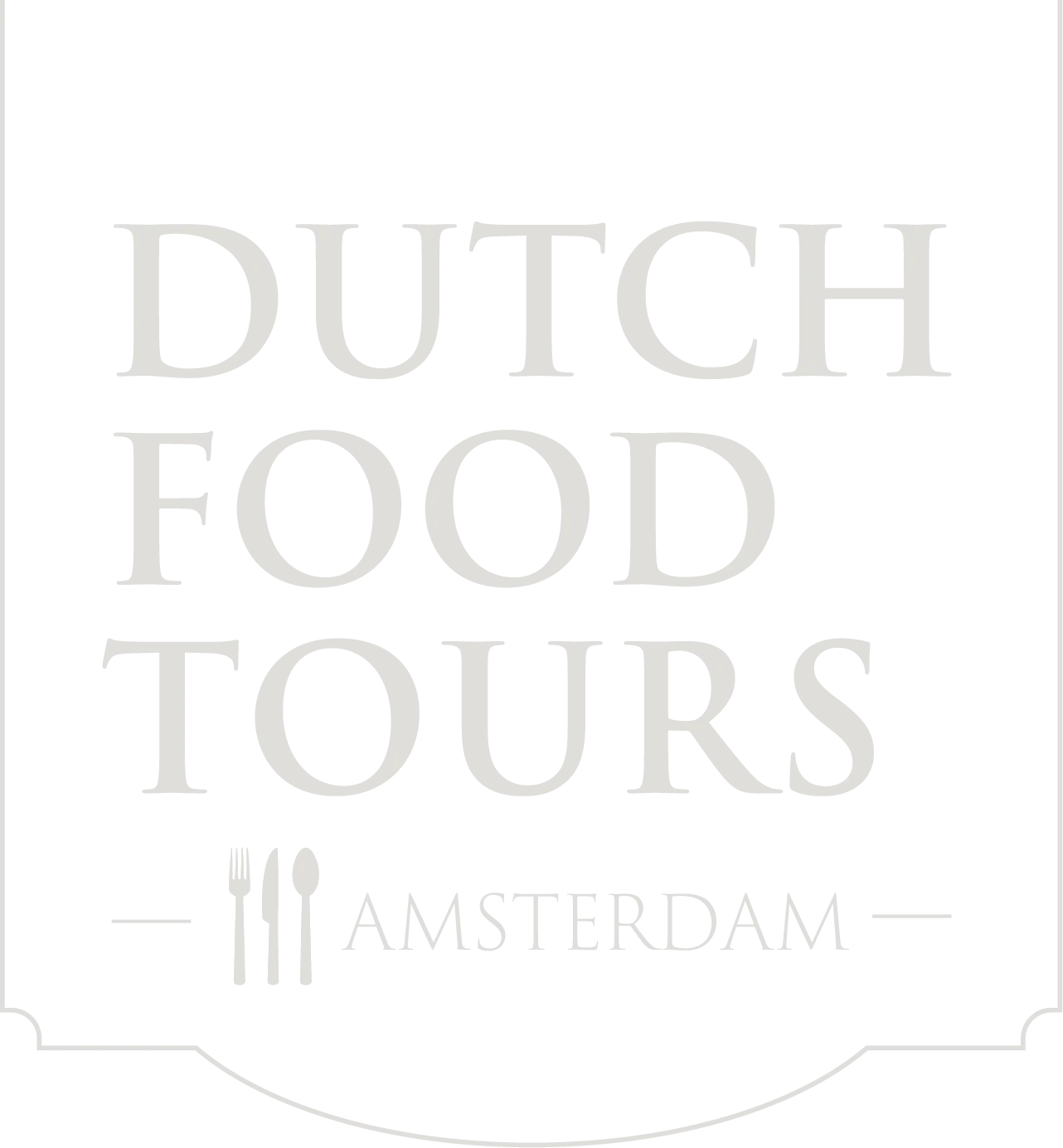The Albert Cuyp Market: Where History Meets Stroopwafels
A Market Built on Mud, Merchants & Multicultural Magic
Back in 1905, the city of Amsterdam decided it was time to bring order to the chaos of street vendors, fish sellers and barrow-pushing entrepreneurs in the De Pijp district. The result? The Albert Cuyp Market — named after a 17th-century painter, though we’re not sure he ever imagined his name attached to a place selling €1 mangoes and steaming hot loempia’s (eggrolls). What started as a few stalls has become one of Europe’s busiest and most beloved street markets, with over 250 stalls packed onto one bustling street. It’s a place where old-Amsterdam charm meets the everyday hustle of the city’s most vibrant neighborhood.
From Poffertjes to Pad Thai: A Taste of the World
You’ll smell the Albert Cuyp before you see it. From the sweet scent of freshly flipped poffertjes (those fluffy mini pancakes dusted with powdered sugar (or heaven on a plate, if you will) to spicy Surinamese roti and crispy Moroccan samosas — this market is a tribute to Amsterdam’s diversity. Dutch food lives happily alongside Turkish pastries, Vietnamese spring rolls and Antillean pastechi. Why? Because this is what Amsterdam tastes like: layered, flavorful and proudly multicultural. It’s not just a food market — it’s an edible passport.
People-Watching Paradise
The Cuyp isn’t just for your shopping list — it’s a social event. You’ll find stylish locals casually buying coriander while holding a stroopwafel in one hand and their dog in the other. Tourists freeze mid-bite wondering how they’re supposed to eat herring like that. Street musicians, friendly yelling stallholders and the occasional man trying to sell you three belts for five euros — it’s all part of the charm. This is Amsterdam unfiltered. And occasionally deep-fried.
When to Go (and When Not To)
The market is open Monday to Saturday, and while it’s always lively, avoid rainy Monday mornings unless you want soggy socks and fewer stalls. Saturdays are busiest (and best for that full buzz), while mid-week mornings offer a slower pace and more time to chat with stallholders. Pro tip: bring cash, wear comfy shoes and come hungry. Don’t eat before — trust us.
Vintage Finds & Hidden Gems
Beyond the food, there are stalls offering secondhand clothes, leather bags, funky sunglasses and even a bit of the unexpected — like socks with windmills on them or retro postcards your grandma would love. It’s that classic Amsterdam combo: slightly quirky, strangely charming, and somehow always useful.
And Beyond…
Albert Cuyp might be the most famous, but it’s not alone. From the Noordermarkt to Ten Katemarkt, Amsterdam is full of smaller, local markets with just as much soul. Curious where to find the best hidden gems? Our Dutch Food Tours guides know all the secret spots — and we’re happy to spill the beans (and the stroopwafel crumbs) during our tours.
